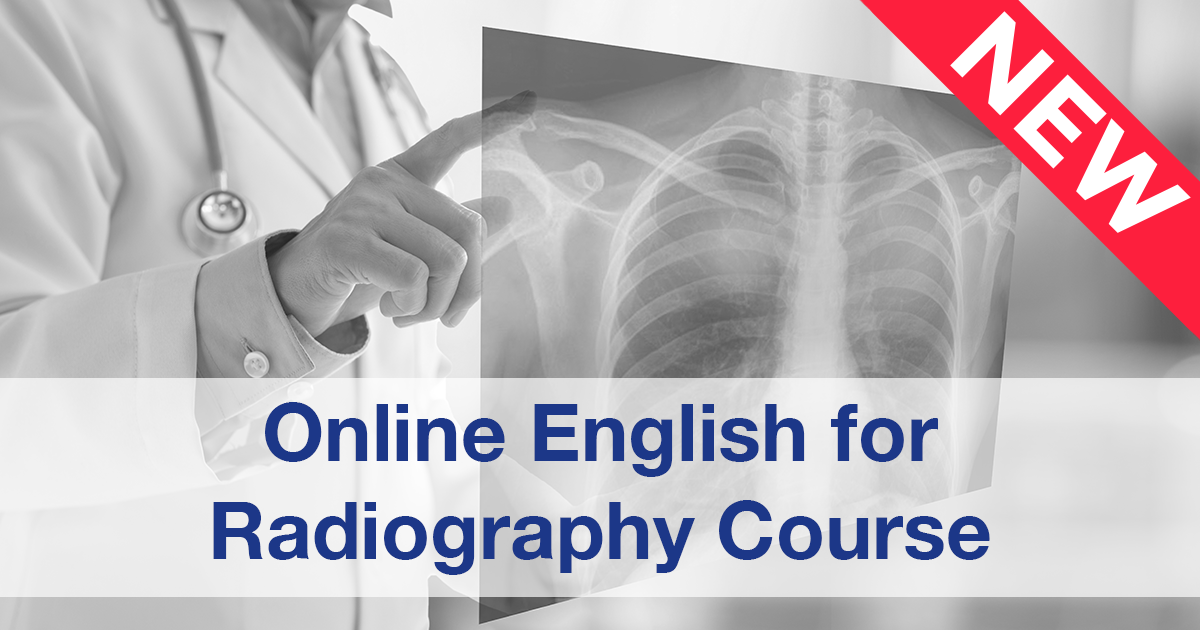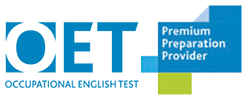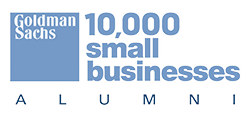Why English for Radiography?
On July 1st, we published English for Radiography. This is an exciting addition to SLC’s growing library of Medical English courses.
English for Radiography may not be an obvious choice for a company to invest time and money in creating. However, there are lots of good reasons for doing so.
The growth of radiography
Demand for radiography is increasing quickly, driven by an ageing global population, the growing prevalence of chronic diseases, the numbers of cancer patients and survivors, and a greater focus on early diagnosis and screening programmes.
Developments in technology, diagnostic capacity and availability mean that medical imaging plays an increasingly central role in modern healthcare. Many patient pathways are now reliant on an effective service to improve both patient experience and patient outcomes.
Healthcare providers around the world are therefore investing more and more resources in scanning technology such as CT and MRI. In the UK for example, MRI scans increased from 2.35 million in 2012/13 to 3.46 million in 2017/18, while CT scans increased from 3.35 to 5.15 million over the same period[1].
Global shortages in radiographers
However, there is a worldwide shortage of radiographers. Radiographers were added to the UK shortage occupation list in 2019, for example, and in 2018, a BBC report showed there were 14,067 funded radiographer posts in April that year, but 1,283 were vacant, so causing significant delays for many patients[2].
The increase in globalisation means that trained radiographers have the opportunity to work in different countries and that the patient population is increasingly international.
English is a lingua franca in healthcare
English is a recognised lingua franca across healthcare. Over three quarters of scientific papers today are published in English[3]. On SCImago Journal Rank—a system that ranks scientific journals by prestige, based on the citations their articles receive elsewhere—all of the top 50 journals are published in English and originate from either the U.S. or the U.K[4].
In light of this, both students of radiography and professional radiographers increasingly need English to keep up with developments in their field. Therefore they may well attend English-language conferences, read English-language papers, and have English-language discussions with international colleagues.
Using English at work
Learning English to a high level is essential of course to travelling and working in other countries. Radiographers are very much part of multi-disciplinary teams with whom they work closely. These teams may include clinical radiologists, radiographers at advanced or consultant practitioner level and, occasionally, other members of staff; for example, vascular and nuclear medicine technologists, medical physicists, midwives and speech and language therapists[5].
Radiographers need to communicate effectively – clearly, professionally, empathically – with patients. In many parts of the world, English will be needed; in English-speaking countries, of course, but also in countries where there are communities whose common language with the radiographer is English.
As SLC’s course writer, Catherine Richards, put it,
A patient's experience of an imaging exam is closely related to the quality of their interaction with the radiographer who, to safely obtain a diagnostically-useful image, must also be a skilled communicator, explaining, instructing, clarifying and reassuring the patient.
In conclusion
Radiography and its central role in healthcare is increasing. There are global shortages is radiographers. English is increasingly important to research, study and practice in radiography.
We believe that teaching radiographers the language they need to engage internationally will help and support their intellectual and professional development and their ability to have varied and fulfilling careers.
Further information and contact
For more details about the course click here:
To speak to us about using the course with student and/or professional radiographers, contact Chris Moore on chris@specialistlanguagecourses.com
[1] https://www.england.nhs.uk/statistics/wp-content/uploads/sites/2/2018/11/Annual-Statistical-Release-2017-18-PDF-1.6MB-1.pdf
[2] https://www.bbc.co.uk/news/health-46103014
[3] https://slate.com/technology/2015/01/english-is-the-language-of-science-u-s-dominance-means-other-scientists-must-learn-foreign-language.html
[4] https://www.theatlantic.com/science/archive/2015/08/english-universal-language-science-research/400919/
[5] https://www.sor.org/learning/document-library/team-working-clinical-imaging/3-team-working-clinical-imaging-services








